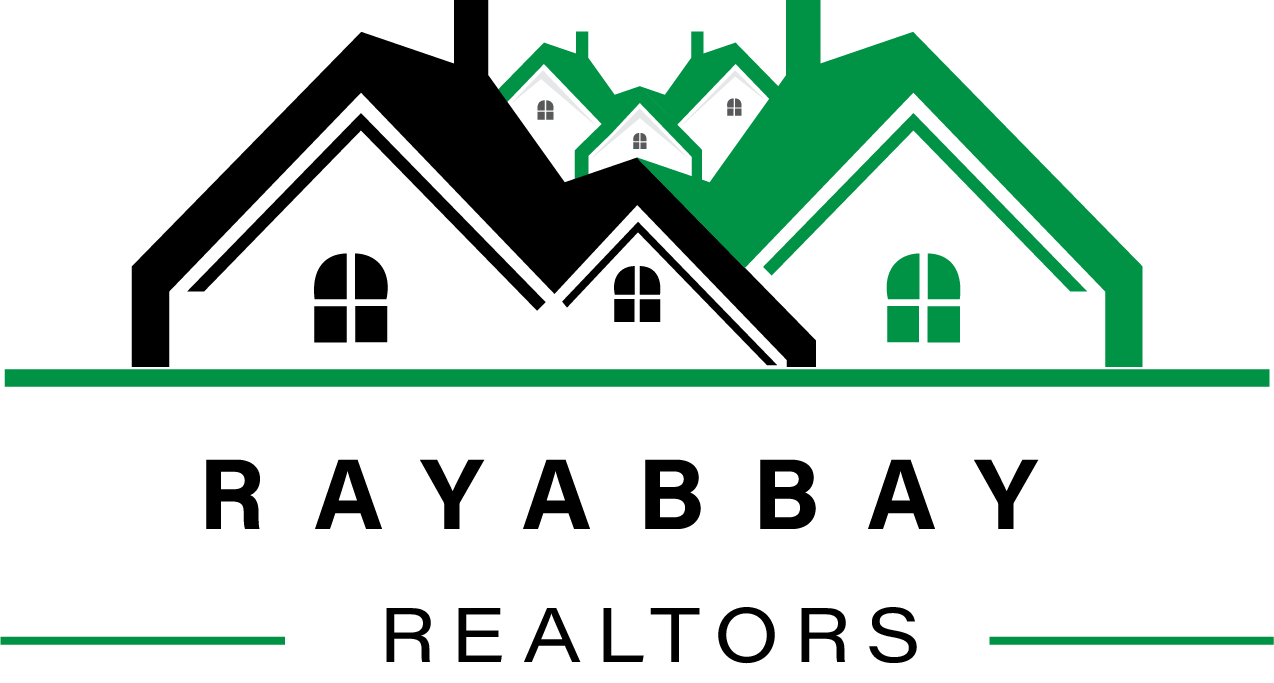Navigating the Rental Landscape: Long-Term vs. Mid-Term vs. Short-Term Tenants

Choosing the right rental arrangement is a critical decision for both landlords and tenants. Long-term, mid-term, and short-term rentals each come with their own set of advantages and drawbacks. In this blog post, we'll explore the differences between these three rental options to help you make an informed decision that aligns with your goals and preferences.
Long-Term Rentals:
Long-term rentals typically involve leases that extend for a year or more. Here are some key considerations:
Stability: Long-term leases provide stability for both landlords and tenants. Landlords benefit from consistent rental income, while tenants enjoy the security of a stable living arrangement.
Investment: Long-term rentals are an attractive option for property investors looking for a steady and predictable return on their investment.
Tenant Relationships: Longer leases often lead to stronger landlord-tenant relationships, as there is more time to build rapport and address any concerns that may arise.
Mid-Term Rentals:
Mid-term rentals fall between short-term and long-term leases, usually ranging from one to six months. Consider the following aspects:
Flexibility: Mid-term rentals offer a balance between the stability of long-term leases and the flexibility of short-term arrangements. This is ideal for individuals who need a temporary living solution without committing to a full year.
Market Adaptability: Mid-term rentals are well-suited for landlords in dynamic markets, allowing them to adjust rental rates and terms more frequently than with long-term leases.
Maintenance: With shorter lease durations, landlords may find it easier to schedule maintenance and property inspections during the transition periods between tenants.
Short-Term Rentals:
Short-term rentals, often associated with vacation rentals or Airbnb-style accommodations, have become increasingly popular. Here are some considerations:
Income Potential: Short-term rentals can yield higher income potential, especially in tourist-heavy areas, as nightly rates are typically higher than monthly rates.
Management Intensity: Managing short-term rentals requires more effort due to frequent turnover. Landlords must handle cleaning, key exchanges, and guest communications regularly.
Market Volatility: Short-term rental income can be more susceptible to market fluctuations, seasonal variations, and unexpected events that impact travel.
Choosing the Right Option: When deciding between long-term, mid-term, and short-term rentals, it's crucial to align your choice with your goals, property type, and local market conditions. Consider factors such as financial objectives, property management capabilities, and the level of personal involvement you are willing to invest in the rental process.
Conclusion:
Whether you're a landlord looking to optimize your property investment or a tenant searching for the ideal living arrangement, understanding the distinctions between long-term, mid-term, and short-term rentals is crucial. By carefully weighing the advantages and disadvantages of each option, you can make an informed decision that suits your needs and contributes to a successful and harmonious rental experience.
